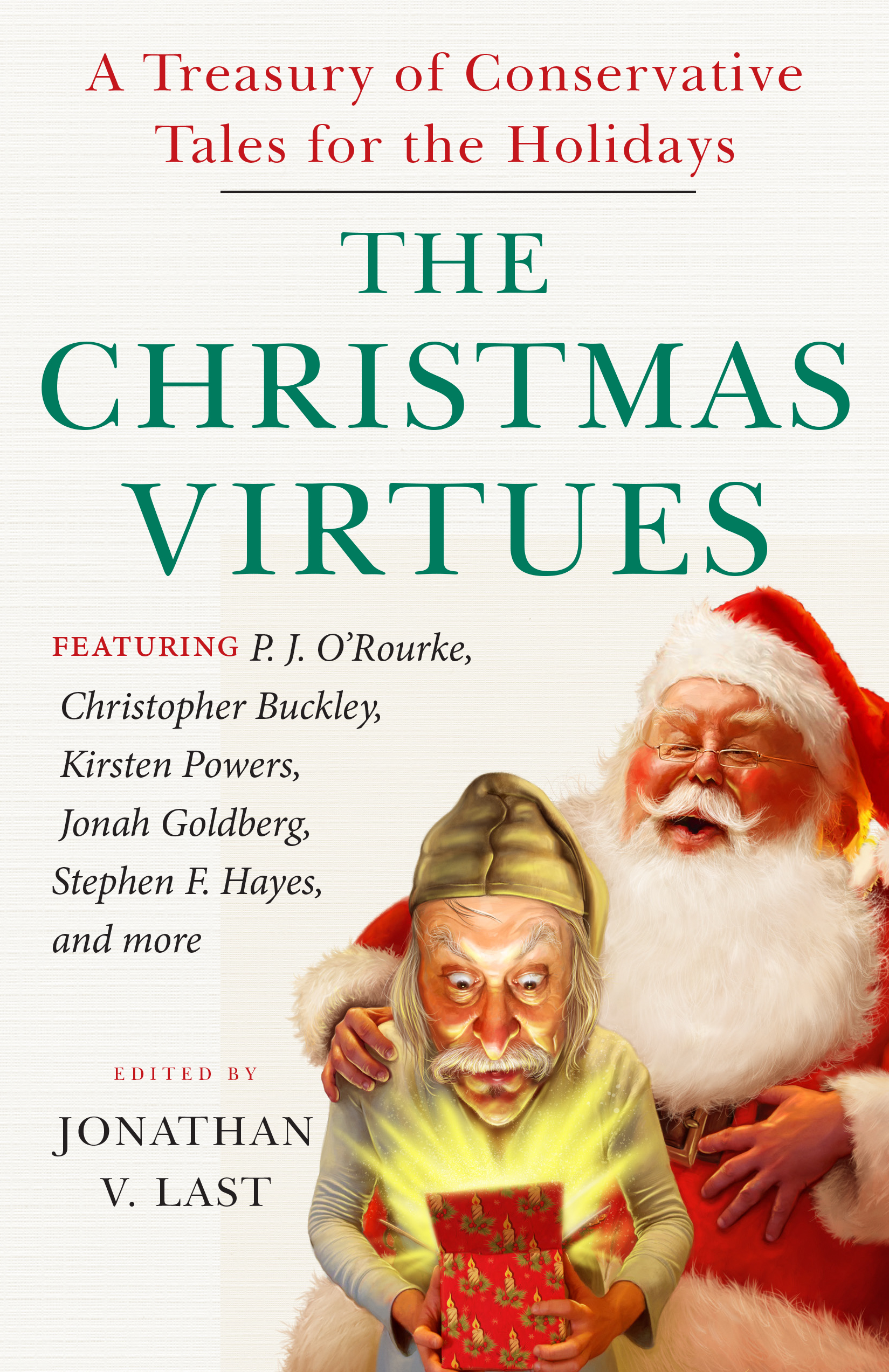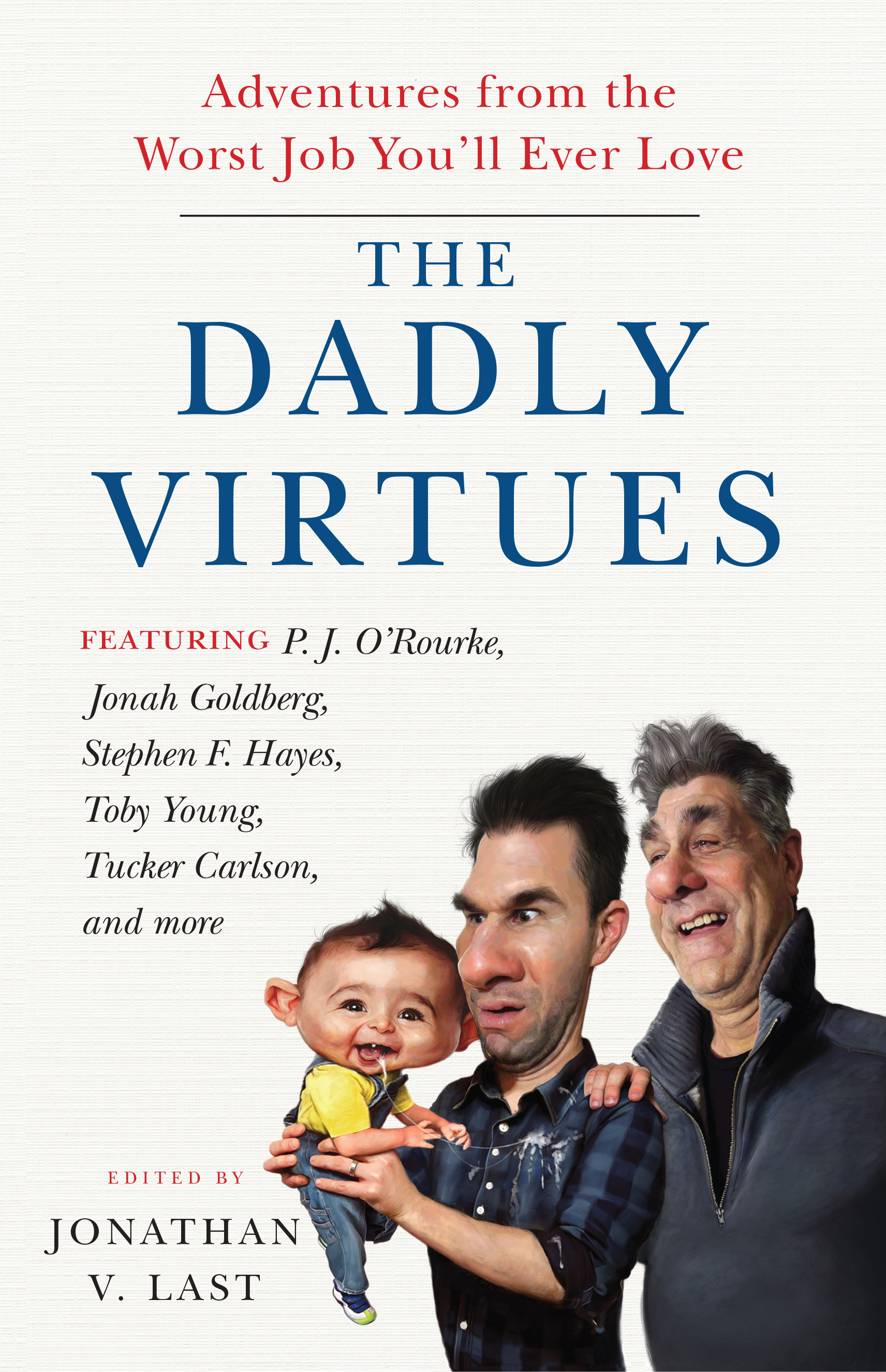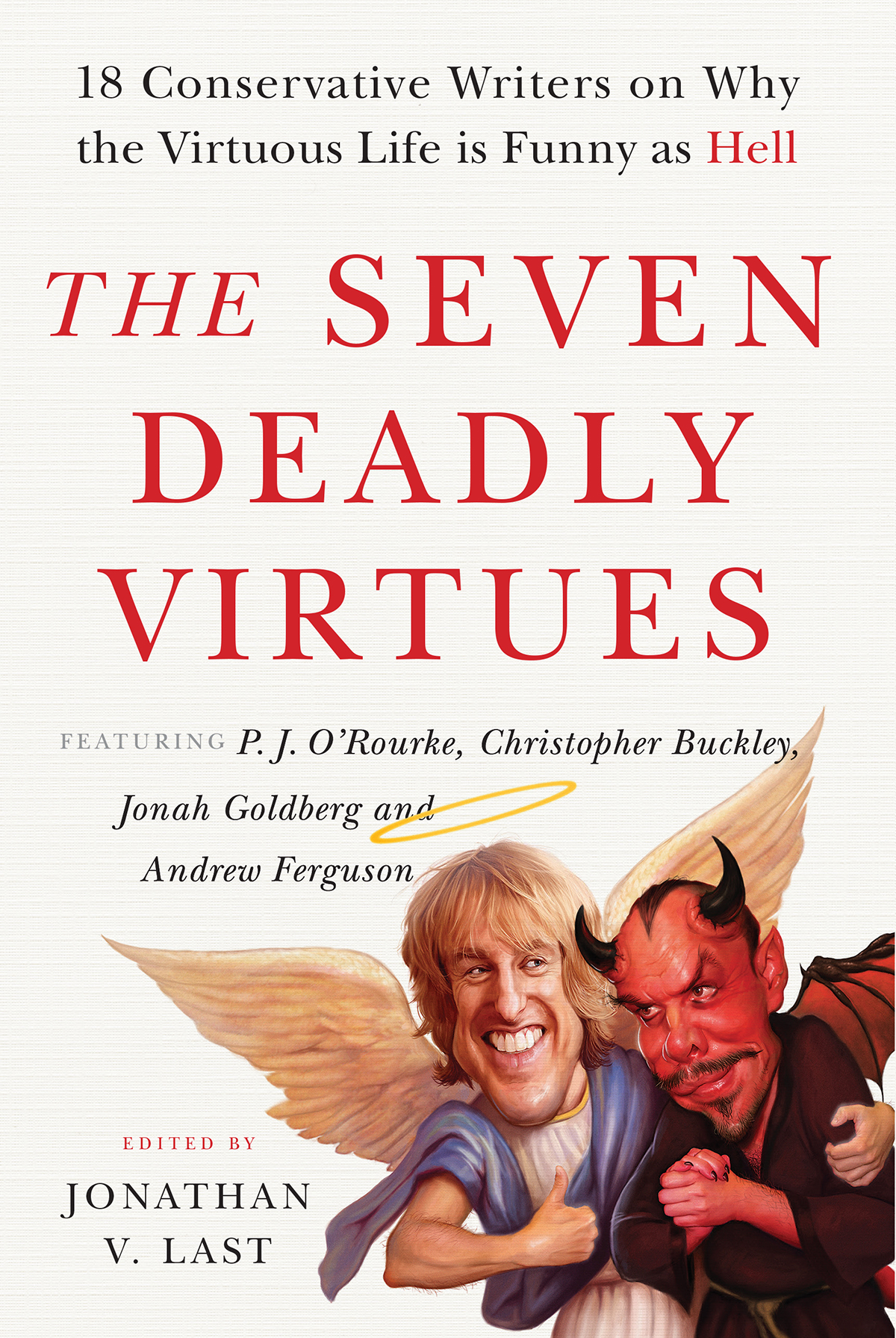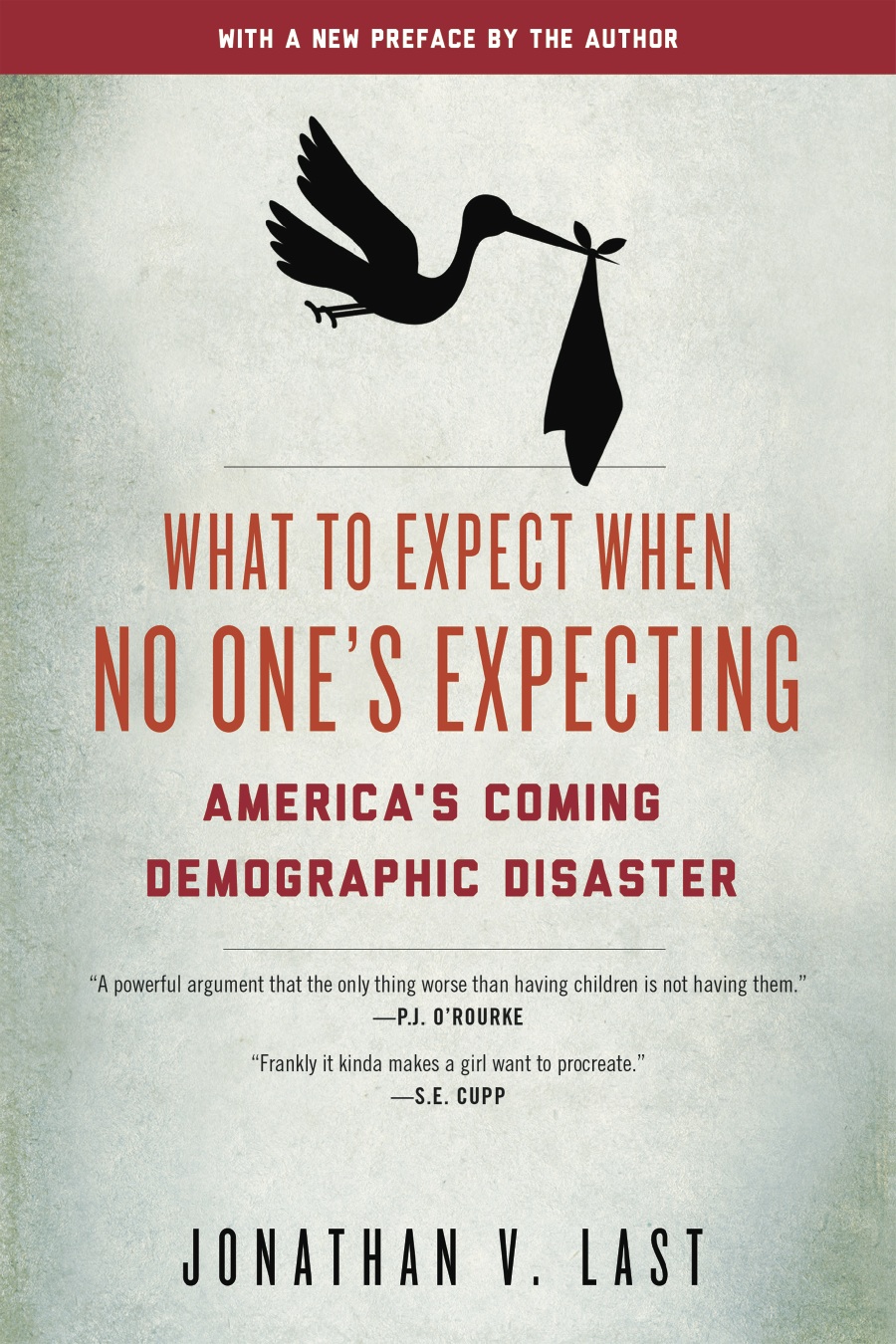March 12th, 2012
The Czabe is at DEFCON 2 over the Redskins trade-up for Robert Griffin III (for whom they gave up three 1st round picks and one 2nd rounder). Other smart football types agree that the Skins paid too much.
Did they really?
I’m not asking to be a smart-ass–I legitimately don’t understand the valuation of draft picks in the NFL. I’m sure there’s a complicated formula for what picks are worth, from a VORPish standpoint, but it must be really variable dependent on number and position.
For example, I suspect the value for picks isn’t a smooth curve beginning at #1 and trailing off evenly. Surely there must be points in the draft at which the value line changes trajectory, right? By the same token, value calculations have to be dependent upon the existing player positions. For instance, in hindsight it would have surely been worth trading (just to pick a number) four 1st round picks for Peyton Manning (or whoever you deem to be the best quarterback of the last 20 years). But it would, presumably, not be worth that price for the best player of his generation at any other position–even if you knew beforehand that you were getting the best corner or lineman or safety or back. (Or would it? Maybe knowing you were getting Lawrence Taylor would be worth four 1st rounders?)
And all of that is before you even factor in the uncertainty discount, which you have to account for with a drafted player. But even this gets complicated–because I assume that the yield rate differs, again, from position to position–so that the percentages of quarterbacks who don’t perform to expectations is different than the percentage of, say, line-backers. Or receivers.
I’d like to think that smart organizations spend some resources on trying to understand draft picks as value propositions in some numerical sense. But maybe not–maybe the entire system is just too complex to be modeled in any meaningful way.
If any of you have smart thoughts (or have read deeply on this)–I’m looking at you, L.B. and B.D.–I’m all ears.
Update: I suppose that this is a start, though I haven’t read it all the way through yet.
-
I’m no analytics guy but I would like to think that at least I intuitively understand some elements of risk that allows me to analyze the RG III trade.
First there is the expectations that first and second round picks will be high-impact starters so the Skins gave up 4 such players. Second, not all picks hit, despite the best attempts of mice and men a big chunk of those 1st and and round picks are duds.
I’m sure someone could go through the past 10 years and compile a percentage of hits/misses but let’ s say half of the picks work out. So the Skins just gave up the chance for up to 4 impact starters, but more than likely 2, for a 50-50 chance at a top-line QB.
Now RG III sounds like the real deal but look at all the #1 QB busts (Couch, Carr, Smith – not to mention the others picked in the top 5) Plus this week of Peyton Manning’s nationwide tour should remind us that many in 1998 thought Ryan Leaf should have been the first pick.
So picking top QBs in the draft is risky and you essentially just merged 4 risky picks into a single all-or-nothing. Keep in mind that you can get a Super Bowl winning QB after the first two picks and we don’t even need to go Trent Dilfer (Brady – 7th round, Brad Johnson -9th round, Roethlisberger #11 in 1st round, Brees 2nd round, Aaron Rodgers #24 in 1st round) – only the Manning brothers won Super Bowls as top picks.
In other words you can get an elite, Super Bowl winning QB without having to mortgage your future if you are patient. This will be Shanahan’s 3rd draft and only now is he getting around to it. Last year’s #1 pick was Ryan Kerrigan and I know he’s a stud but would you rather him or say Andy Dalton plus a low 1st round or another 2nd pick If the Skins picked Dalton last year they would not have to address the QB this year.
So rather than looking at this as a question of value, we should look at this as both question of risk and a question of agency. Team management has so badly screwed the pooch on the QB question that they knew it had to be addressed this year at all costs if they were to save their jobs for 2013 so after Peyton told them no they were willing to trade a whole lot of tomorrow for a risky shot – regardless of how he turns out RG III probably ensures the management team comes back for 2013.
Not only is the Skins management incapable of managing risk in the draft but also in terms of managing personnel. This team needs to do everything in its power to make sure RG III succeeds but you have a father-son coaching duo that is infamous for making QBs fit their system instead of the other way around. So the first thing I do if I’m the Skins owner is bring in a new OC that best matches the skill set of my new franchise QB. I hate sticking up for Daniel Snyder but his interests are no longer aligned with those of his coach.
Btw speaking of risk, has anyone from the Skins ever seen RG III throw outside of a college game? He didn’t throw at the combine and he hasn’t had his pro day yet so unless the Skins did something on the sly they just did this huge deal without doing their complete due diligence.
-
Yeah I re-checked my post and I should made it clear qualification that “need to go Trent Dilfer” meant I didn’t need to go all the way back to The Ravens Super Bowl win. Perhaps if I wrote less words and selected them better… perhaps if I wasn’t half way through a conference call and a fifth of Makers Mark while I was writing the post.
I was trying to cut it off back in 2000, you know that Golden Era when smart people still thought Mike Shanahan was a genius but to reach for a sports example back to the Nixon Administration is inspired
-
Given that the only other desirable QBs available this year are Manning and Flynn, and that there are at least 7 or 8 teams going after them, more than a few teams are going to end up with nothing. Would Redskins fans rather overpay for RGIII, pay Flynn $25 million in guarantees, or start Rex Grossman again?
Also, since the teams that didn’t get Manning or Flynn will all be trying to trade for the pick if the Redskins didn’t give up 3 1st rounders some other team would have.
-
All right, JVL, you pushed me into it. 🙂 Lots of thoughts on this; we’ll see how much I can squeeze in here. The fun thing is, it’ll take years to see who’s right in this debate (barring RG3 suffering an early career-ending injury). Big trades are fun, especially when your own team isn’t involved!
Czabe makes a sound argument that the Redskins gave up too much. Whether you look at past comparable trades, the old-style draft pick value chart, or the new-style draft value chart the Harvard Sports guy came up with (your last link),it’s clear that, strictly as a value proposition, the Redskins blew it. There’s no question Shanahan and Snyder made this trade because of their post-Peyton, “we need to save our asses and buy time with our fanbase” desperation, and were willing to do whatever it took to outbid Cleveland for RG3. They could have easily sat at pick #6, picked Ryan Tannehill from A&M to solve their QB problem (he’s not a sure-thing like Luck or Griffin, but he’s pretty close), and kept all those draft picks.
(As an aside –I appreciate the work guys like K.C. Joyner, Pro Football Reference, and Football Outsiders have done to better quantify football players’ contributions to wins, in the manner that sabermetrics did for baseball. But it seems so much more difficult to do this for football than baseball or even basketball, that a stat like “Career Approximate Value” [which the Harvard Sports fellow uses] doesn’t help much in situations like trying to accurately weigh the value of draft picks. In baseball, we have an enormous set of data that tells us with a high degree of exactitude how much a player getting, say, a particular kind of hit, in a specific game situation, adds to his team’s chances of winning. How is that possible in football? If my left guard makes a pancake block on a fourth-and-one run in the fourth quarter, or picks up a blitzer that allows my QB to complete a third-down pass, how much, exactly, does that improve my team’s chances? If you can figure out how to quantify something like *that*, you should be working on the Street for serious cash, not playing around w/football stats. )
But back to the Redskins. Again, as a value proposition, they gave up too many picks. So as Mike suggests above, we also need to examine this as a matter of risk and agency. And he’s right – picking RG3 buys Shanahan time with an (understandably) impatient fanbase. It will put fannies in the seats and improve Snyder’s bottom line. From that perspective, this was an easy choice for those two guys.
Now, many factors could help mitigate the damage of giving up so many picks for one player:
1) It’s for an elite QB – the only position worth making such a ridiculous trade/gamble for. The extent to which the NFL is now a QB-driven league is amazing. People bring up teams winning Super Bowls with Trent Dilfer, Rich Gannon, etc. The league is different now. Take a look at the Super Bowls since 2005:
Year – Winner – Loser
2005 – New England Patriots – Philadelphia Eagles
2006 – Pittsburgh Steelers – Seattle Seahawks
2007 – Indianapolis Colts – Chicago Bears
2008 – New York Giants – New England Patriots
2009 – Pittsburgh Steelers – Arizona Cardinals
2010 – New Orleans Saints – Indianapolis Colts
2011 – Green Bay Packers – Pittsburgh Steelers
2012 – New York Giants – New England PatriotsWho were the winning QBs? Brady, the Mannings, Roethlisberger, Brees, Rodgers – all elite QBs. Even the losers were almost all elite – McNabb, Brady, Peyton, Kurt Warner, Big Ben. Out of 16 possible Super-Bowl starting QBs, only two could be considered non-elite: Rex Grossman and Matt Hasselbeck, and they both lost.
(Of course, Brady, Brees, and Warner prove you don’t need to use a first-round pick to find a franchise QB. But what are the Redskins’ odds of finding a diamond in the rough like that? Are they better than the odds RG3 becomes a great NFL QB?)
2) This is less of a risk than past trades for the #1 pick, because of the new CBA and the rookie wage scale. The Redskins won’t have to give RG3 a JaMarcus Russell-style contract that could cripple them financially for years.
3) Theoretically, if you’re confident your college and pro scouting departments can do a better-than-average job of finding decent-to-very good starters in the mid to late rounds of the draft and among lower-tier free agents, you could survive the loss of these picks. (This is one thing my Cowboys have been very good at since the beginning of the Tuna’s stay in Dallas. Tony Romo = undrafted FA. Jay Ratliff, perennial All-Pro nose tackle = 7th rounder. Miles Austin = undrafted free agent. Laurent Robinson, their most productive receiver last year (54 catches, 858 yards, 11 TD) while Miles Austin kept getting boo-boos = cut from Chargers at end of training camp last September, signed to one-year contract for veteran’s minimum.)
Now, has the current Redskins regime demonstrated this knack? Um….
Last point: The Rams played this beautifully. They knew they had another team (Cleveland) whose leadership and fanbase are just as desperate as the Redskins for something, ANYTHING to feel good about, and they just sat back and waited to see who would make the craziest offer. They’ve already got their QB in Bradford, and now they get an extra early-2nd-rounder this year and extra first-rounders the next two years to surround him with quality players. This could be their equivalent of the Cowboys trading Herschel Walker to the Vikings for that boatload of picks that Jimmy Johnson used to build a three-time Super Bowl winner.
-
All right, JVL, you pushed me into it. 🙂 Lots of thoughts on this; we’ll see how much I can squeeze in here. The fun thing is, it’ll take years to see who’s right in this debate (barring RG3 suffering an early career-ending injury). Big trades are fun, especially when your own team isn’t involved!
Czabe makes a sound argument that the Redskins gave up too much. Whether you look at past comparable trades, the old-style draft pick value chart, or the new-style draft value chart the Harvard Sports guy came up with (your last link),it’s clear that, strictly as a value proposition, the Redskins blew it. There’s no question Shanahan and Snyder made this trade because of their post-Peyton, “we need to save our asses and buy time with our fanbase” desperation, and were willing to do whatever it took to outbid Cleveland for RG3. They could have easily sat at pick #6, picked Ryan Tannehill from A&M to solve their QB problem (he’s not a sure-thing like Luck or Griffin, but he’s pretty close), and kept all those draft picks.
(As an aside –I appreciate the work guys like K.C. Joyner, Pro Football Reference, and Football Outsiders have done to better quantify football players’ contributions to wins, in the manner that sabermetrics did for baseball. But it seems so much more difficult to do this for football than baseball or even basketball, that a stat like “Career Approximate Value” [which the Harvard Sports fellow uses] doesn’t help much in situations like trying to accurately weigh the value of draft picks. In baseball, we have an enormous set of data that tells us with a high degree of exactitude how much a player getting, say, a particular kind of hit, in a specific game situation, adds to his team’s chances of winning. How is that possible in football? If my left guard makes a pancake block on a fourth-and-one run in the fourth quarter, or picks up a blitzer that allows my QB to complete a third-down pass, how much, exactly, does that improve my team’s chances? If you can figure out how to quantify something like *that*, you should be working on the Street for serious cash, not playing around w/football stats. )
But back to the Redskins. Again, as a value proposition, they gave up too many picks. So as Mike suggests above, we also need to examine this as a matter of risk and agency. And he’s right – picking RG3 buys Shanahan time with an (understandably) impatient fanbase. It will put fannies in the seats and improve Snyder’s bottom line. From that perspective, this was an easy choice for those two guys.
Now, many factors could help mitigate the damage of giving up so many picks for one player:
1) It’s for an elite QB – the only position worth making such a ridiculous trade/gamble for. The extent to which the NFL is now a QB-driven league is amazing. People bring up teams winning Super Bowls with Trent Dilfer, Rich Gannon, etc. The league is different now. Take a look at the Super Bowls since 2005:
Year – Winner – Loser
2005 – New England Patriots – Philadelphia Eagles
2006 – Pittsburgh Steelers – Seattle Seahawks
2007 – Indianapolis Colts – Chicago Bears
2008 – New York Giants – New England Patriots
2009 – Pittsburgh Steelers – Arizona Cardinals
2010 – New Orleans Saints – Indianapolis Colts
2011 – Green Bay Packers – Pittsburgh Steelers
2012 – New York Giants – New England PatriotsWho were the winning QBs? Brady, the Mannings, Roethlisberger, Brees, Rodgers – all elite QBs. Even the losers were almost all elite – McNabb, Brady, Peyton, Kurt Warner, Big Ben. Out of 16 possible Super-Bowl starting QBs, only two could be considered non-elite: Rex Grossman and Matt Hasselbeck, and they both lost.
(Of course, Brady, Brees, and Warner prove you don’t need to use a first-round pick to find a franchise QB. But what are the Redskins’ odds of finding a diamond in the rough like that? Are they better than the odds RG3 becomes a great NFL QB?)
2) This is less of a risk than past trades for the #1 pick, because of the new CBA and the rookie wage scale. The Redskins won’t have to give RG3 a JaMarcus Russell-style contract that could cripple them financially for years.
3) Theoretically, if you’re confident your college and pro scouting departments can do a better-than-average job of finding decent-to-very good starters in the mid to late rounds of the draft and among lower-tier free agents, you could survive the loss of these picks. (This is one thing my Cowboys have been very good at since the beginning of the Tuna’s stay in Dallas. Tony Romo = undrafted FA. Jay Ratliff, perennial All-Pro nose tackle = 7th rounder. Miles Austin = undrafted free agent. Laurent Robinson, their most productive receiver last year (54 catches, 858 yards, 11 TD) while Miles Austin kept getting boo-boos = cut from Chargers at end of training camp last September, signed to one-year contract for veteran’s minimum.)
Now, has the current Redskins regime demonstrated this knack? Um….
Last point: The Rams played this beautifully. They knew they had another team (Cleveland) whose leadership and fanbase are just as desperate as the Redskins for something, ANYTHING to feel good about, and they just sat back and waited to see who would make the craziest offer. They’ve already got their QB in Bradford, and now they get an extra early-2nd-rounder this year and extra first-rounders the next two years to surround him with quality players. This could be their equivalent of the Cowboys trading Herschel Walker to the Vikings for that boatload of picks that Jimmy Johnson used to build a three-time Super Bowl winner.
-
I’ll have a longer response to this but my short answer is that it’s very hard to take Czaban’s analysis seriously when he says things like equating Philip Rivers and Eli Manning and saying that trade was a wash. Rivers has arguably overperformed in a weaker division and still has not matched Manning as a quarterback. Every single team in the NFL takes Manning before Rivers + Merriman today.
-
[…] Maybe Griffin was worth giving up all those drafts picks. Without actually crunching the numbers, my guess is that he probably was, and then some. The problem is that even if he’s worth it, […]







Galley Friend L.B. March 13, 2012 at 3:42 pm
Mike — you make a lot of excellent points; allow me to raise just one small factual quibble. You write: “Only the Manning brothers won Super Bowls as top picks.” Perhaps you were restricting yourself to just the past decade, so let’s look back a little more — here are QBs selected w/the #1 pick who won Super Bowls, with the year they were drafted:
1970 – Terry Bradshaw
1971 – Jim Plunkett (drafted by Patriots, won 2 rings w/Raiders)
1983 – John Elway (again, w/different team from the one who drafted him)
1989 – Troy Aikman
1998 – Peyton Manning
2004 – Eli Manning
You could also add Steve Young to this list — he was selected No. 1 in the special NFL supplemental draft in 1984 for the rights of players who had already signed with the USFL before the NFL draft that year. In the normal 1984 draft, no QB was selected until the second round (Boomer Esiason at #38) – so presumably Young would’ve been the first pick had he not gone to the USFL.